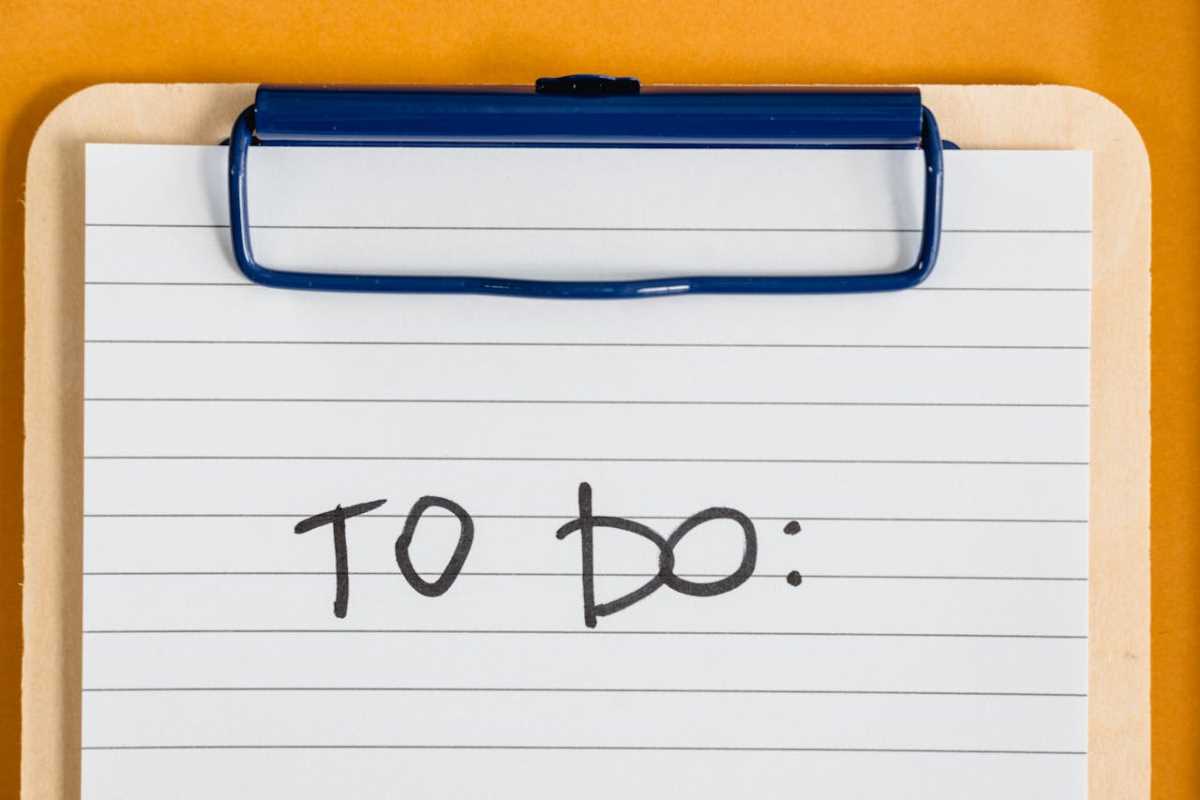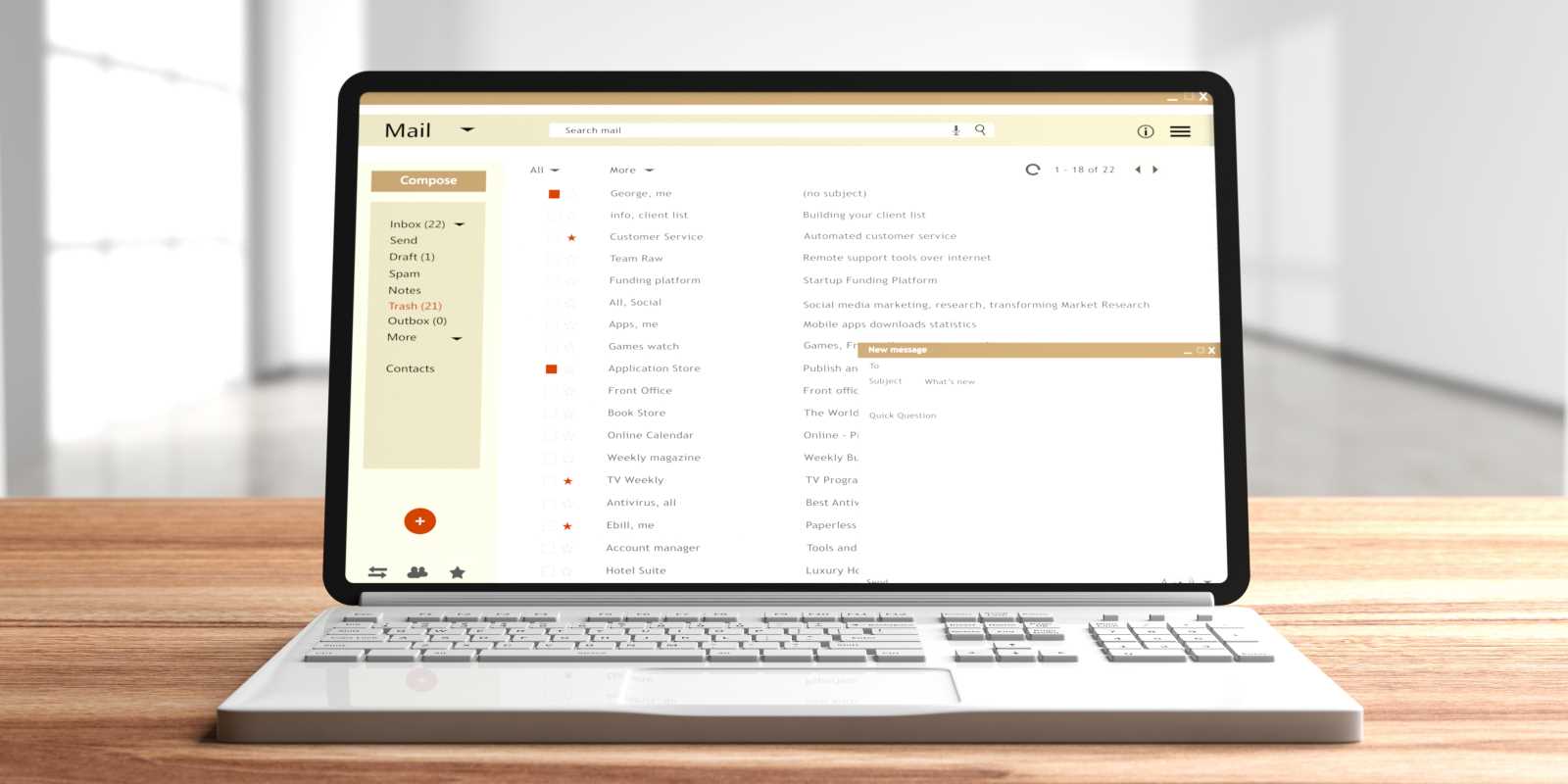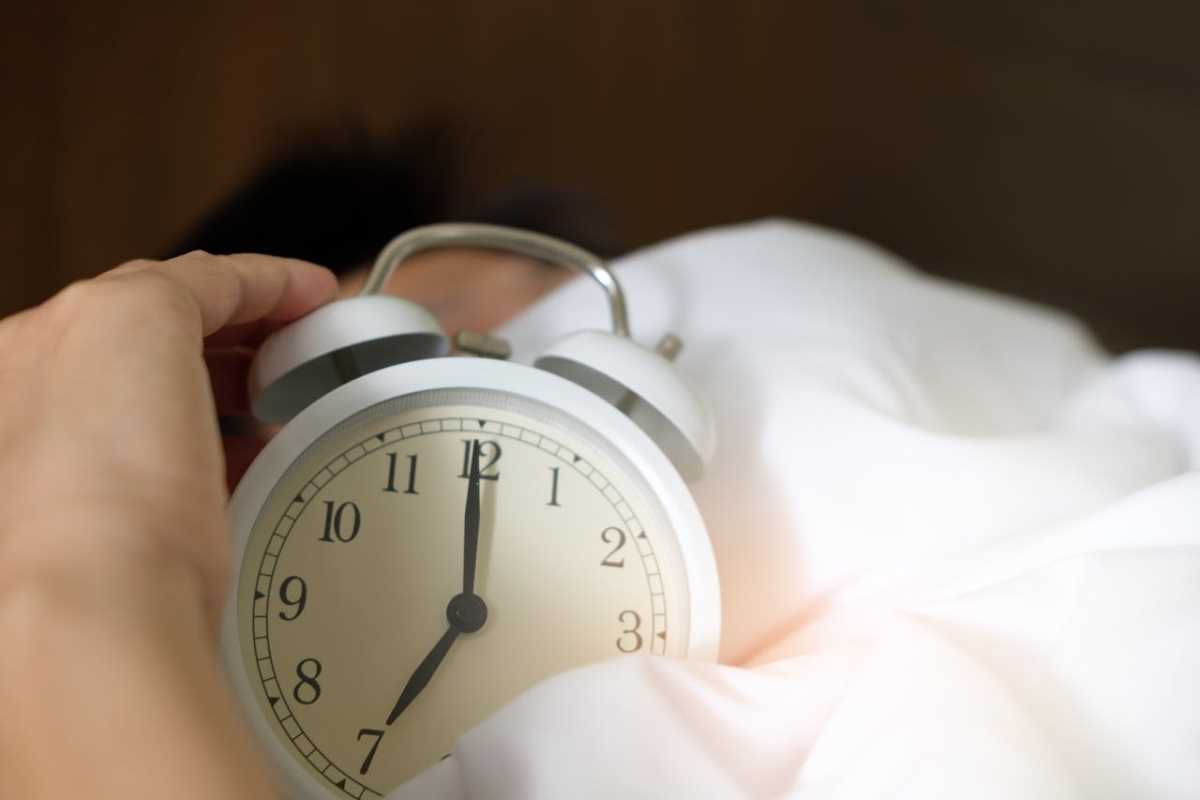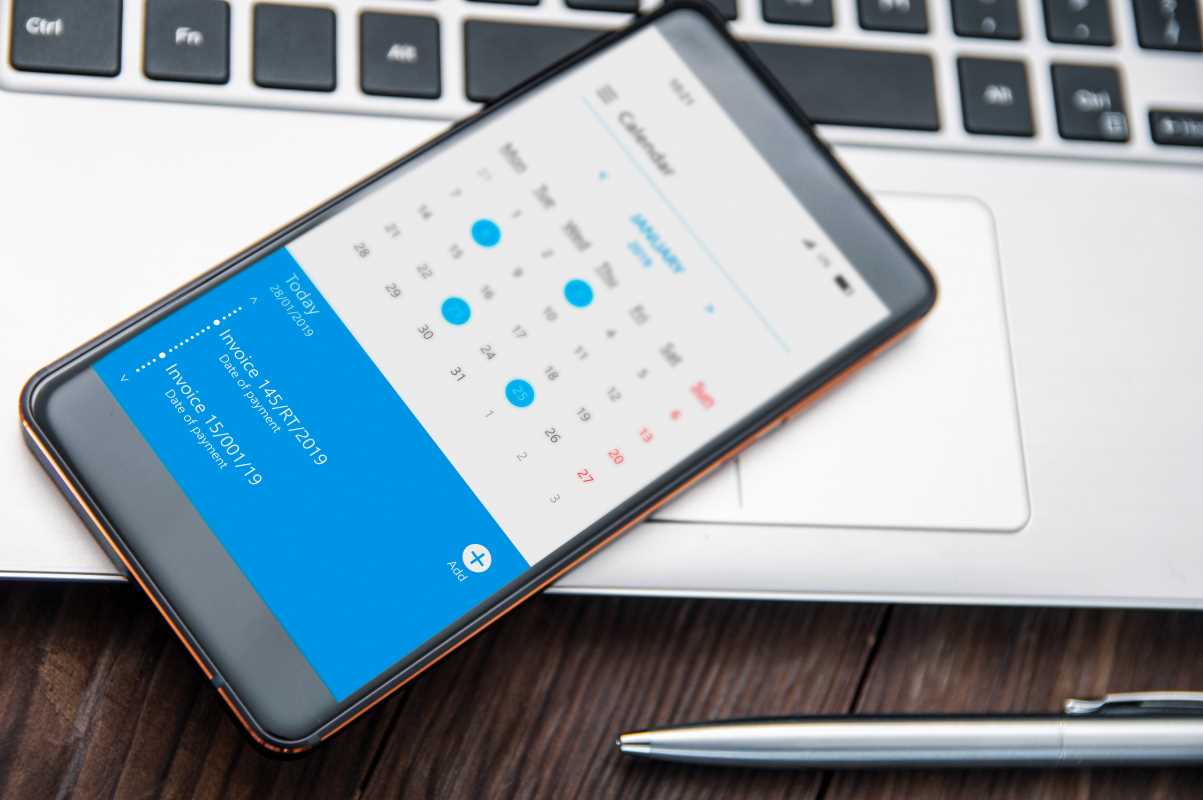We are all familiar with the classic to-do list. It is a trusted tool for organizing our tasks and mapping out our days. We fill it with everything we hope to accomplish, from major project milestones to small daily errands. This long list of responsibilities can sometimes feel overwhelming instead of helpful. The endless scroll of tasks can create pressure and a sense that we are always behind. A new, powerful concept offers a fresh perspective on productivity: the to-don’t list. This simple but transformative tool focuses on what you will not do, helping you protect your time, energy, and focus. Let's explore how creating a to-don’t list can unlock a new level of productivity and calm.
The Power of Defining Your Boundaries
A traditional to-do list tells you where to direct your effort. A to-don’t list, on the other hand, tells you where not to. It is a set of personal rules designed to eliminate distractions, bad habits, and low-value activities that drain your resources. You are not just adding tasks; you are building a protective barrier around what truly matters.
Protecting Your Most Valuable Asset: Focus
Your ability to concentrate is one of the most critical ingredients for success. Modern life is filled with endless things competing for your attention, from social media notifications to non-essential meetings. These interruptions fragment your focus, making it nearly impossible to engage in deep, meaningful work. A to-don’t list acts as a guardian for your attention.
By explicitly identifying the activities you will avoid, you make a conscious decision to prioritize focus. For example, an item on your list could be "Don't check email first thing in the morning." This simple rule prevents you from starting your day in a reactive mode, allowing you to dedicate your freshest morning energy to your most important project. You are intentionally creating a space for deep work to flourish.
Moving from Reactive to Proactive
An overflowing to-do list can make you feel like you are constantly putting out fires. You jump from one urgent task to another, reacting to external demands rather than following your own plan. This reactive state is exhausting and rarely leads to significant progress on your long-term goals.
A to-don’t list empowers you to shift from a reactive to a proactive mindset. It helps you say "no" to things that are not aligned with your priorities. An entry like "Don't attend meetings without a clear agenda" gives you the power to decline requests that waste your time. This practice helps you take control of your schedule, ensuring your actions are driven by your own intentions, not the whims of others.
The Amazing Benefits of a To-Don't List
Incorporating a to-don’t list into your daily routine can have a profound impact on your efficiency, creativity, and overall well-being. It is about subtracting the non-essential to amplify what is truly important.
Sharpened Focus and Deeper Work
Your brain is not designed to jump between tasks constantly. Each time you switch your attention, you pay a mental price, losing momentum and energy. A to-don’t list is your best defense against these costly interruptions. It sets clear boundaries that preserve your mental bandwidth for the work that requires your full concentration.
Imagine you have "Don't keep my phone on my desk" on your list. This one rule eliminates a world of potential distractions. You create an environment where you can sink into a state of flow, that magical zone where you are fully immersed in an activity. This leads to higher-quality work completed in less time. Your to-don’t list becomes a gateway to your most productive and creative self.
Reduced Decision Fatigue and Stress
Every day, you make thousands of small decisions. What to wear, what to eat, and which task to work on next all consume mental energy. This constant decision-making leads to a state known as decision fatigue, which can impair your judgment and increase stress. A to-don’t list simplifies your choices by taking certain options off the table entirely.
For instance, a rule like "Don't check the news during work hours" eliminates a recurring decision point and a potential source of anxiety. You no longer have to use willpower to resist the temptation. The decision has already been made. By automating these choices, you conserve your precious mental energy for the important decisions that truly move the needle on your goals.
Clarity on Your True Priorities
Creating a to-don’t list forces you to think deeply about what is truly important to you. To decide what to avoid, you must first define what you want to achieve. This process brings incredible clarity to your personal and professional goals. It helps you distinguish between being "busy" and being "productive."
Your to-don’t list becomes a reflection of your values. If one of your priorities is to be more present with your family, you might add "Don't bring my work laptop home on weekends." This rule actively supports your bigger goal. The list is a practical tool that helps you live in better alignment with your own definition of a successful and fulfilling life.
How to Create Your Own To-Don’t List
Getting started with a to-don’t list is a simple and enlightening exercise. It is a personal document that will evolve as your priorities change. Here are some actionable steps to help you craft your first one.
- Identify Your Time-Wasters: Think about your typical day. What activities drain your time and energy without providing much value? This could be endlessly scrolling social media, getting drawn into office gossip, or binge-watching a TV series late at night. Write these down. Be honest with yourself about your habits.
- Recognize Your Productivity Blockers: What specific behaviors prevent you from doing your best work? Perhaps you have a habit of multitasking or you say "yes" to every request that comes your way. Add these to your list. Examples could include "Don't start a new task before finishing the current one" or "Don't agree to new commitments immediately."
- Define Your Proactive Rules: Frame your items in clear, simple, and positive language. Instead of a vague notion, create a concrete rule. For example, change "I should watch less TV" to "Don't turn on the TV before 8 PM." This makes your commitment specific and easy to follow.
- Keep It Short and Visible: Your to-don’t list should not be another overwhelming document. Start with just 3-5 items. Focus on the rules that will have the biggest positive impact on your day. Write them down on a sticky note and place it on your monitor, or set it as a reminder on your phone. Keeping it visible will help you build the new habit.
The to-do list will always have its place, but it is time to recognize its powerful counterpart. You might be amazed by the newfound clarity, focus, and sense of control you gain. This simple practice can be the key to unlocking a more intentional and productive life, helping you achieve your goals with less stress and more joy.
 (Image via
(Image via





